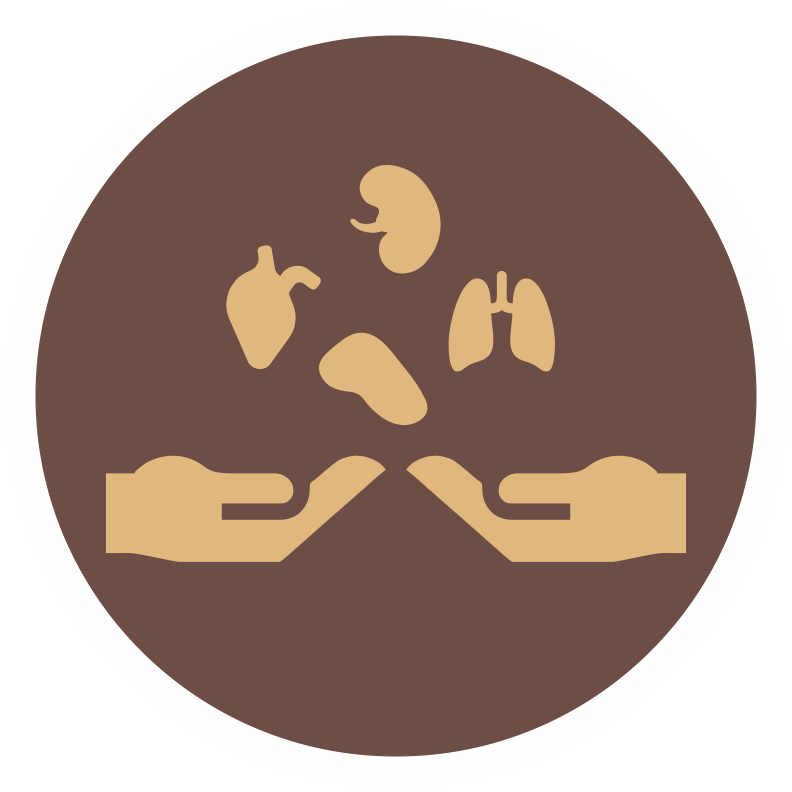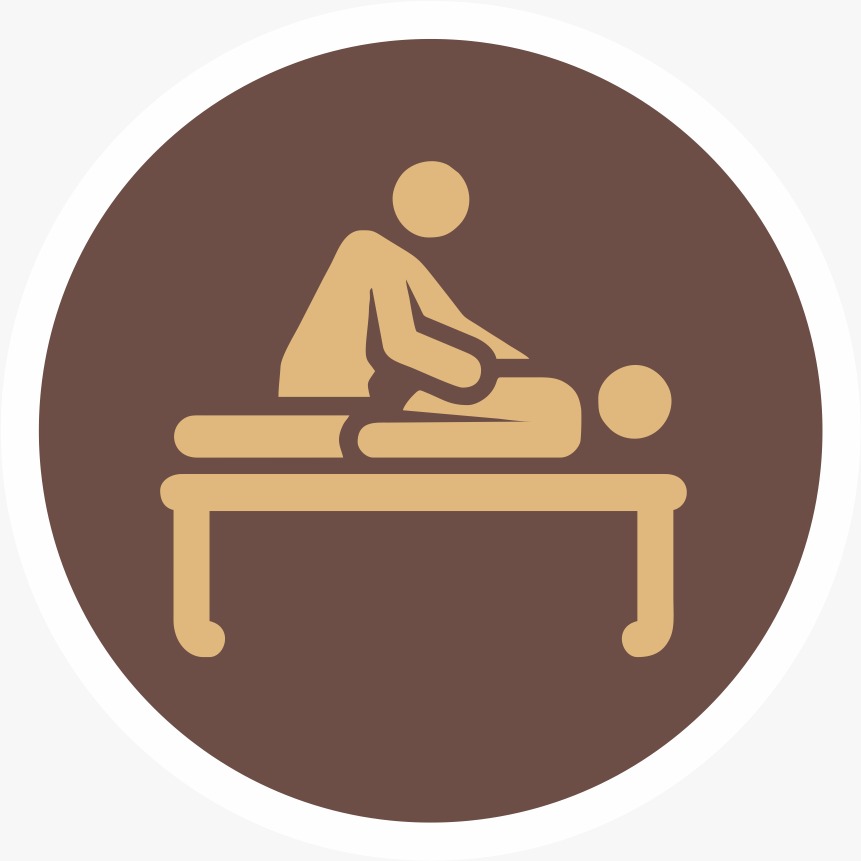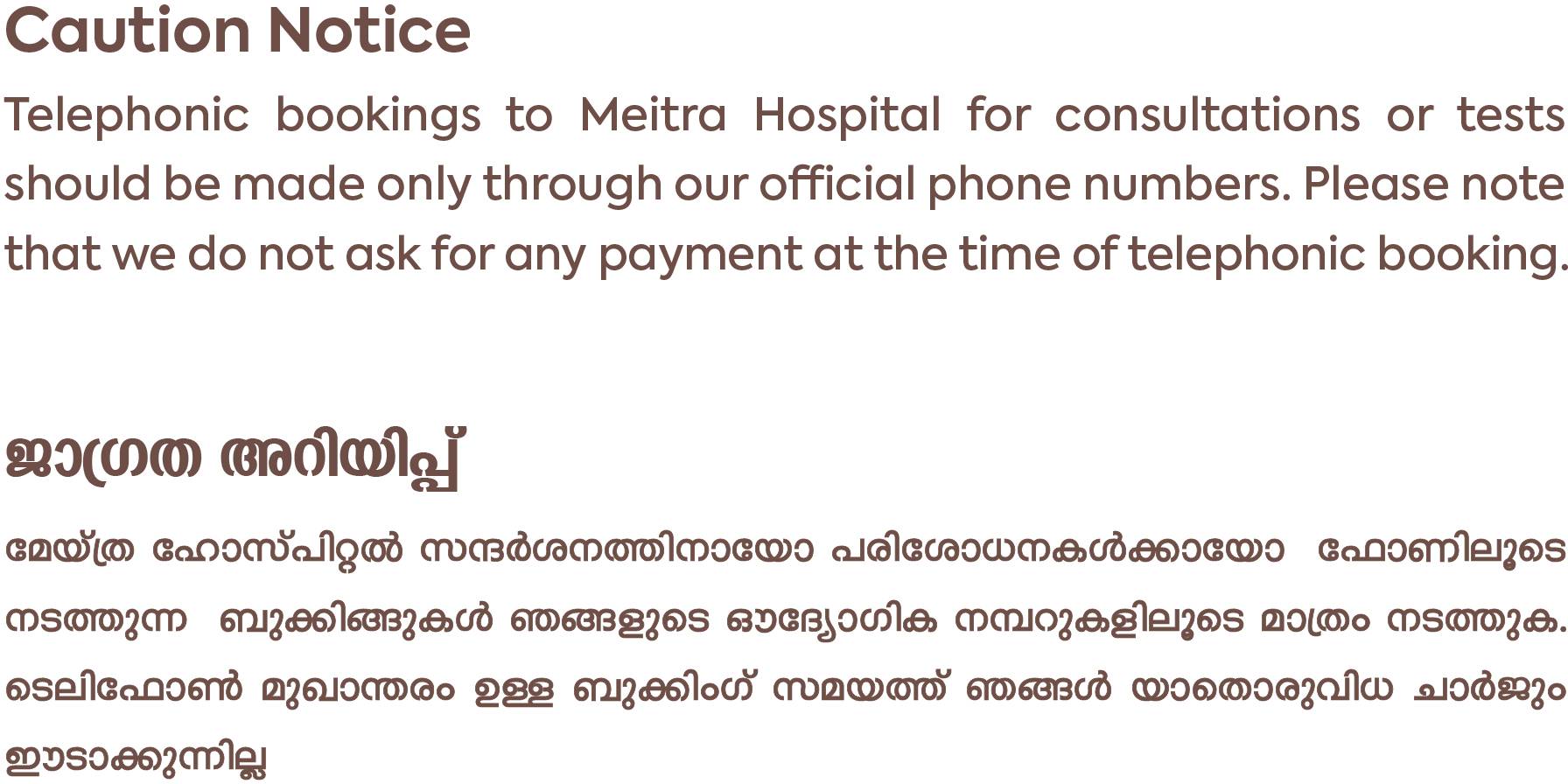- Our Doctors
- Our Specialities
Centres of Excellence
-
 Centre for Blood Diseases, BMT & Cancer Immunotherapy
Centre for Blood Diseases, BMT & Cancer Immunotherapy -
 Centre for Bone, Joint & Spine
Centre for Bone, Joint & Spine -
 Centre for Critical Care Medicine and ECMO Services
Centre for Critical Care Medicine and ECMO Services -
 Centre for Gastrosciences
Centre for Gastrosciences -
 Centre for Heart & Vascular Care
Centre for Heart & Vascular Care -
 Centre for Nephro-Urosciences
Centre for Nephro-Urosciences -
 Centre for Neurosciences
Centre for Neurosciences -
 Centre for Obstetrics and Gynaecology
Centre for Obstetrics and Gynaecology -
 Centre for Organ Transplantation
Centre for Organ Transplantation
Super Speciality
-
 Advanced Diagnostic and Interventional Radiology
Advanced Diagnostic and Interventional Radiology -
 Anesthesiology & Pain Management
Anesthesiology & Pain Management -
 Clinical Nutrition and Dietetics
Clinical Nutrition and Dietetics -
 Dental and Maxillofacial Surgery
Dental and Maxillofacial Surgery -
 Dermatology
Dermatology -
 Emergency and Trauma
Emergency and Trauma -
 Endocrinology and Metabolic Disease
Endocrinology and Metabolic Disease -
 ENT and Head & Neck Surgery
ENT and Head & Neck Surgery -
 Family Medicine
Family Medicine -
 General and Laparoscopic Surgery
General and Laparoscopic Surgery -
 General Medicine
General Medicine -
 GI Onco Surgery
GI Onco Surgery -
 GI Oncology
GI Oncology -
 GI Surgery, Advanced Laparoscopy and Gastro Oncosurgery
GI Surgery, Advanced Laparoscopy and Gastro Oncosurgery
-
- Key Procedures
- Our Hospitals
- International Patient
- Contact us
-
Quick Links


Deep Brain Stimulation
Deep brain stimulation (DBS) is a medical procedure which involves implanting electrodes within certain areas of the brain. These electrodes send out mild electrical impulses that regulate abnormalities within the brain.
How and why it is done?
The amount of stimulation in deep brain stimulation is controlled by a pacemaker-like device placed under the skin in your upper chest. A wire that travels under your skin connects this device to the electrodes in your brain. A DBS system has three parts that are implanted inside the body:
- Neurostimulator – a programmable battery-powered pacemaker device that creates electric pulses. It is placed under the skin of the chest below the collarbone or in the abdomen.
- Lead – a coated wire with several electrodes at the tip that deliver electric pulses to the brain tissue. It is placed inside the brain and connects to an extension wire through a small hole in the skull.
- Extension – an insulated wire that connects the lead to the neurostimulator. It is placed under the skin and runs from the scalp, behind the ear, down the neck, and to the chest.
The patient uses a handheld controller to turn the DBS system on and off. The doctor programs the stimulator settings with a wireless device. The stimulation settings can be adjusted as a patient's condition changes over time. Unlike other surgeries, such as pallidotomy or thalamotomy, DBS does not damage the brain tissue. Thus, if better treatments develop in the future, the DBS procedure can be reversed.
Comprehensive Epilepsy Program | Advanced Level 4 Centre | Dr. Sachin Sureshbabu
Meet Our Doctors
Experienced Medical professionals for a superior patient experience.
Dr. Sachin Sureshbabu
HOD & Senior Consulta...
Centre for neurosciences
View Profile Book an AppointmentDr. Deep P Pillai
Senior Consultant - S...
Centre for neurosciences
View Profile Book an AppointmentFrequently Asked Questions
Am I a candidate for DBS?
You may be a candidate for deep brain stimulation if:
- Your cognitive function is still intact. If it's not, the surgery can worsen cognitive decline.
- Your brain MRI that does not show signs of significant cerebrovascular disease or other neurodegenerative disease
- You are medically fit for 3-6 hours of awake surgery.
How common are DBS procedures?
As of 2019, experts estimate that about 160,000 people have had a procedure to implant a DBS device since the 1980s. Experts also estimate that about 12,000 procedures happen each year.
What is the prognosis?
Although most people still need to take medication after undergoing DBS, many people experience considerable reduction of their PD symptoms and can greatly reduce their medications. The amount of reduction varies from person to person.

 +91 9393 108 108
+91 9393 108 108


























































